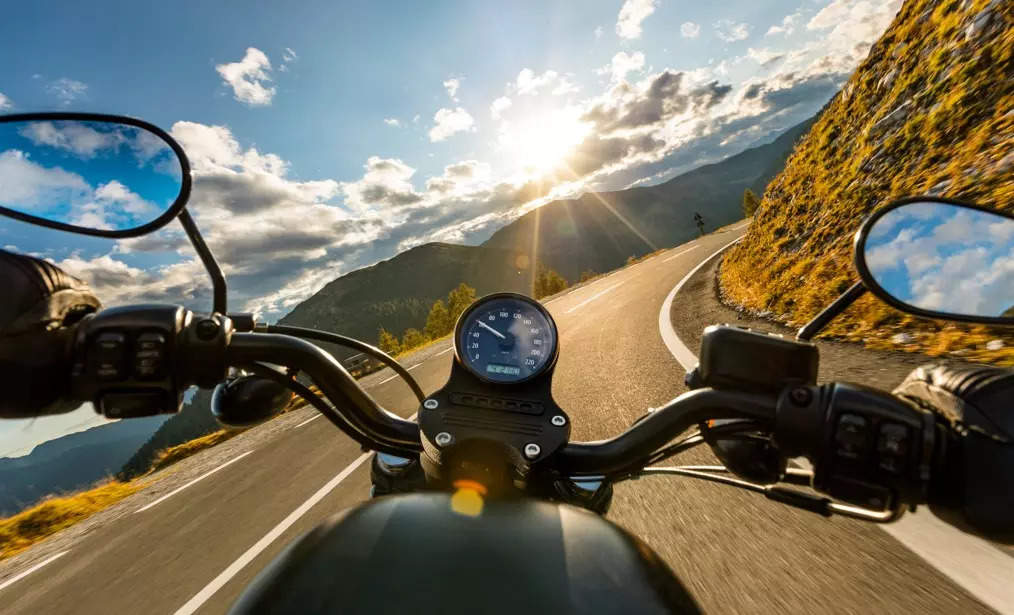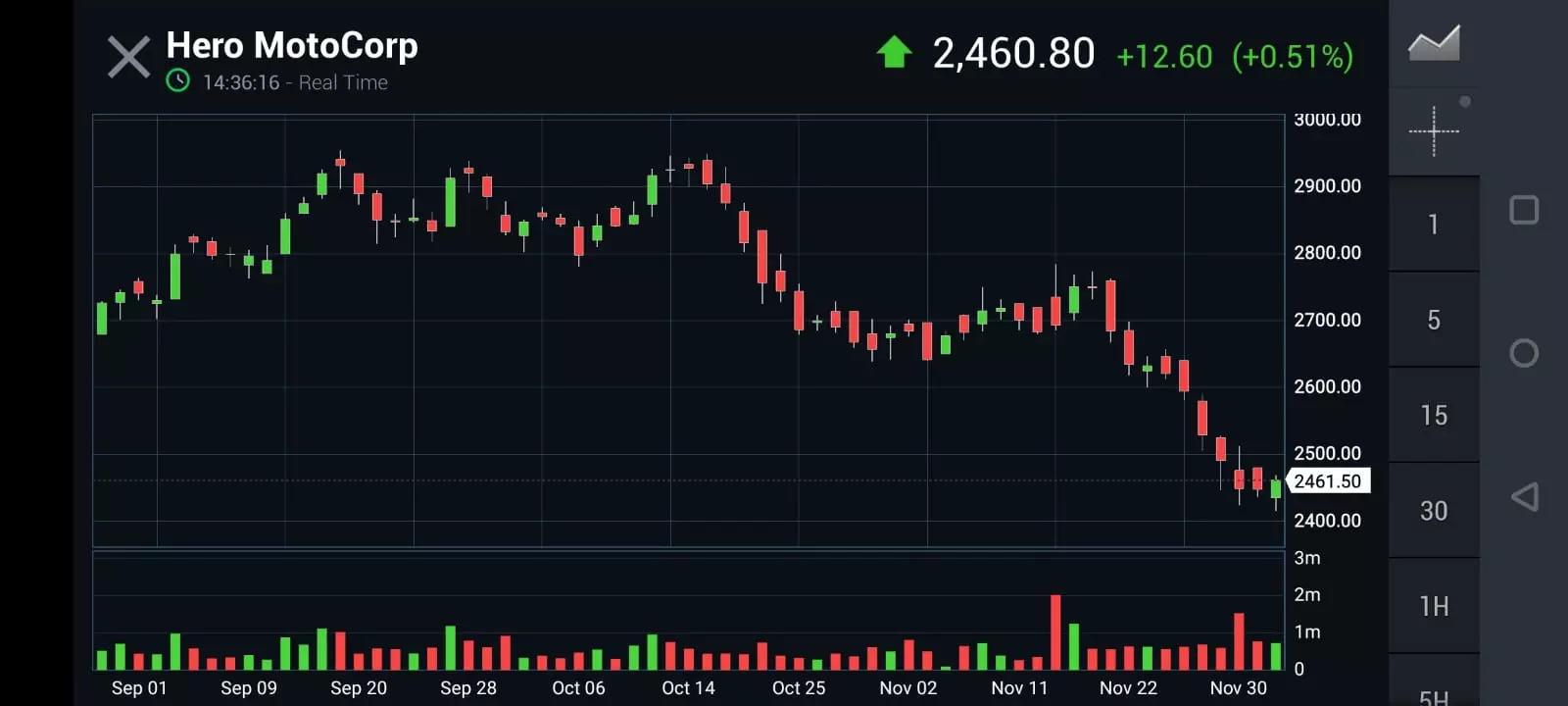
New Delhi: A year ago, it looked as if the Indian two-wheeler industry had started crawling back to normalcy thanks to the growth in personal mobility post Covid-19 restrictions. But this year the hopes re belied and little seems to be working for the world’s largest two-wheeler market.
When the petrol price spiked in almost all the months of 2021, sometimes even in every week of a month, the impact was felt on the demand and sales of entry-level scooters and motorcycles, the choice of the budget-conscious low-income consumers. The ownership cost of the only affordable means of personal transport for rural people and a fair section of the urban middle class got beyond their reach. This coupled with tighter credit is posing a challenge for the two-wheeler industry which is already battling high costs of raw-materials including steel.
This is also affecting sentiment in the overall automobile sector because entry-level two-wheelers were the ones that saw some healthy traction in sales post the first wave of pandemic, when demand for passenger cars and commercial vehicles declined.
After the second wave of Covid-19 this year that left a trail of economic devastation, the central and state governments have hiked taxes on fuels, pushing retail fuel prices to record highs across the country. In Mumbai and Delhi, petrol prices touched INR 107 and INR 100 a litre, respectively in October, about 20% rise since January 2021. Despite the price cut by the government, petrol and diesel prices are hovering around INR 95 and INR 90 a litre, respectively. On November 4 this year the Centre had reduced excise duty on petrol and diesel to bring down rates of the two key fuels from the record-high levels.
Now why is fuel price hike pinching the nerve of entry-level demand for two-wheelers? Industry report shows that about 62% of the country’s total petrol sale is consumed by the two-wheeler segment, where the share of mass products such as the 100-125 cc motorcycles and 110 cc scooters constitute about 75%.
New motorcycle sales are positively correlated with fuel prices. With multiple increases in auto fuel prices, the combined sales of economy or commuter segment two-wheelers in the eight months of the ongoing financial year couldn’t even match the sales volumes of May-November period of FY2021 as April 2020 was a month of zero sales. Sales of mass segment motorcycles and scooters plummeted 3.7% to 761,8631 in the Apil-November FY2022 from the same period a year earlier, with the biggest drops of 23% and 34% coming in October and November respectively.
| Months | Entry level 2W domestic sales 2021 | Entry level 2W domestic sales 2020 | % Change | Petrol price/litre |
| April | 799,369 | 0 | 0 | 71.7 |
| May | 282,849 | 222,035 | 27.4 | 74.42 |
| June | 870,437 | 831,530 | 4.67 | 78.85 |
| July | 1,033,458 | 1,037,605 | -0.4 | 83.1 |
| August | 1,145,902 | 1,267,643 | -9.6 | 78.92 |
| September | 1,332,061 | 1,528,075 | -13 | 82.08 |
| October | 1,295,886 | 1,687,226 | -23.19 | 95.77 |
| November | 858,669 | 1,298,197 | -23.19 | 92.18 |
| Total | 7,618,631 | 7,872,311 | -3.2 |
Within the two-wheeler segment, 100 cc or entry-level bikes and scooters are usually the first vehicle purchased by college students and young executives, as they are considered cheap and fuel-efficient. Therefore, any increase in fuel prices has a psychological effect on the buyer, they noted.
“The middle class segment was deeply impacted by COVID-19 hardships, who form the customer base of commuter two-wheelers. Secondly, the price of vehicles also went up due to input price inflation. Thus affordability has become an issue,” Vinod Kumar Ramachandran, Partner, India Head Automotive and Industrial Sector and Global Head Industry 4.0 at KPMG, said.
Fuel holds 70% of the operational cost of two-wheelers. “Now that the fuel prices have gone up above 20% YTD, the ownership cost of two-wheelers has shot up anywhere between 14% and 15% in 2021,” Ramachandran added.
According to industry estimates, a typical rider spends about INR 5 lakh on petrol for their motorcycle each year. Since the average monthly run of a motorcycle is about 1,500km, the average monthly fuel expenditure is around INR 600 – INR 700. An increase of up to INR 20 per litre in petrol price will mean a monthly increase of up to INR 1,500 – INR 2000 in the cost of ownership.
The skyrocketing petrol and diesel prices in the last two months dragged the auto share index to 5.6%. Hero MotoCorp share price touched a 52-week low of INR 2,409, falling 1.5% intraday on December 2, after the company posted weak sales numbers for November. In the domestic market Hero MotoCorp, which is the largest two-wheeler manufacturer in India and the world with a 45% share in the domestic market, sold only 3,28,862 vehicles – down from 5,75,957 units – during the period.
Analysts reckon that the petrol price hike story is perhaps here to stay for some more time. Even the early phase of the winter wedding season saw a lackluster pickup.
However, the underlying rural sentiments support volumes, albeit at a gradual pace. They also observe that the initial trends indicate a relatively muted start to the marriage season, which should further affect dispatches after relatively weak festival sales.















